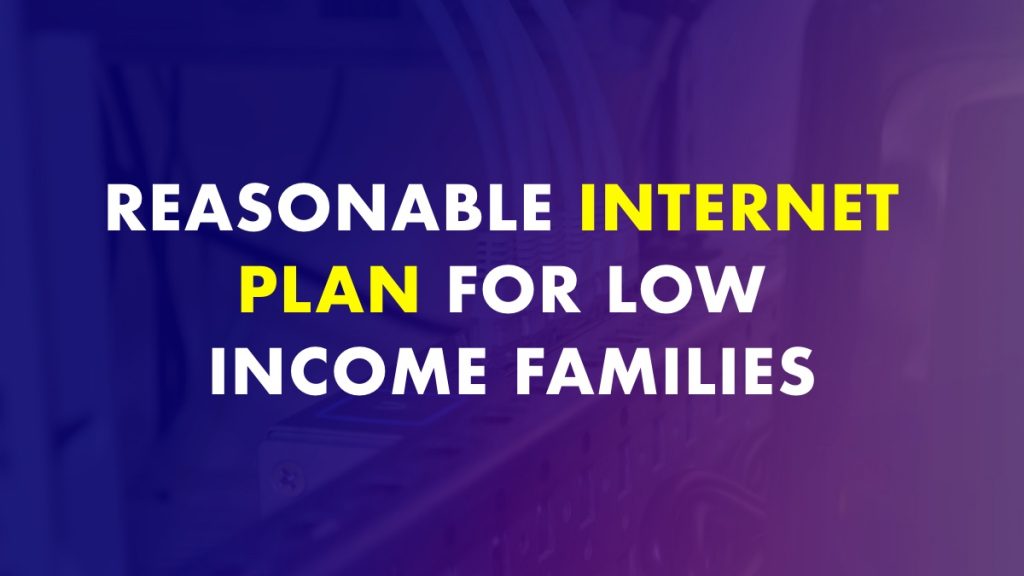Uninterrupted and equal access to the Internet has always been an area of problem in the US. However, few government-backed agencies and private corporations have now taken the initiative to enable more straightforward access to a reliable internet connection.
Low-cost or free internet for low income groups is now available throughout the country. Read on to understand how affordable internet plans work and how to choose the most suitable option for your home.
Government Programs for Affordable Internet for Low-Income Families
The two crucial government programs that benefit low-income groups are:
1. Lifeline
The Lifeline Program has provided affordable communication solutions since 1985. Today, consumers who qualify for the program are eligible for monthly telephone service, broadband internet, or a bundled voice-broadband package. You can access the program through any of the participating internet service providers.
To be an eligible candidate for the Lifeline program, you may qualify through other programs such as Medicaid, Federal Public Housing Assistance (FPHA), Veterans Pension, Supplement Nutrition Assistance Program (SNAP), or through the income level of your household (based on the federal poverty guidelines).
Additional documentation may be required during the application process for some cases.
2. Emergency Broadband Benefit (EBB) Program
The Emergency Broadband Benefit program is a temporary initiative established by the FCC. The program aims to provide affordable internet for all low-income groups and rural communities. The most important benefits of the program are:
- Discounts up to $75 on broadband service for eligible households.
- $100 discount while purchasing any device such as laptop, tablet, etc.
Some conditions may apply additionally while using these offers. Every household is eligible for only one monthly service and one device discount.
Households that are eligible for Lifeline would also be eligible for EBB. Additional criteria include unemployment, recipient of the Pell Grant, etc. To check your eligibility for EBB, you can consult with any participating internet service provider.
In short, you may qualify for the government program if you are already eligible for another government benefits program or if your household income meets Federal Poverty Guidelines.
Who Else Provides Affordable Internet Access?
In addition to Lifeline and EBB, some internet service providers also offer programs for affordable internet for low-income families. Generally, people who do not qualify for government programs opt for assistance from such private resources.
Things to Know Before Choosing an Affordable Internet Plan for Your Home
- Check the internet speed. Most free and low-cost internet plans assure a speed of five to twenty-five Mbps. Though the speed is slightly slower than paid plans, it is good enough for an average household.
- While the eligibility criteria for Lifeline and EBB are the same, you must apply for each program separately.
- While choosing an internet service provider, pick one that offers sufficient customer support and is willing to help you complete the application process. Avoid providers that use contracts.
The Internet is a very useful tool that benefits school children, university students, as well as senior citizens. With so many useful means to get access to the internet for those with limited ability to afford the services, this useful tool can be used by everyone. The key, however, is to choose the most suitable internet plan.
Also Read:
